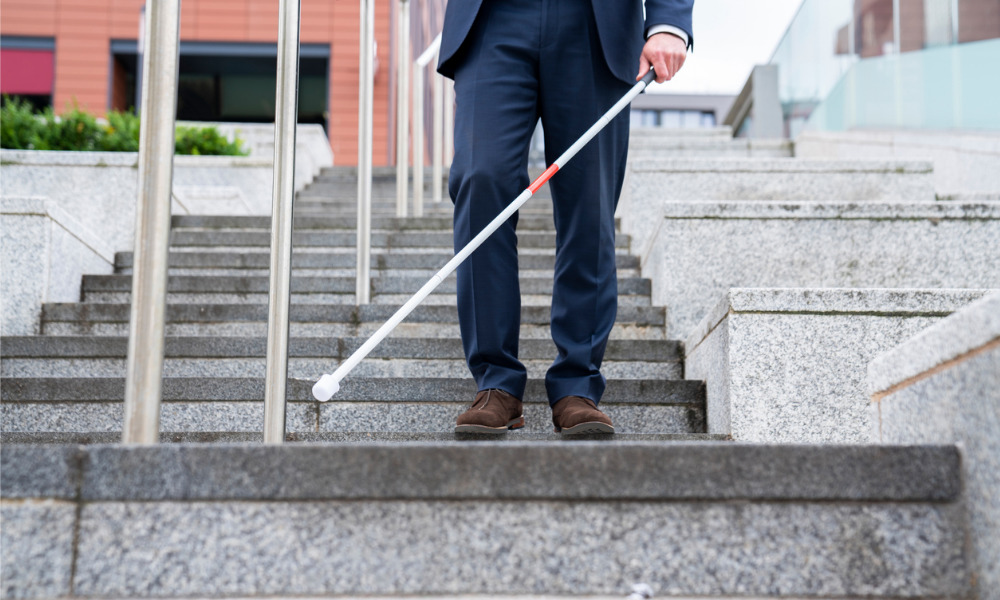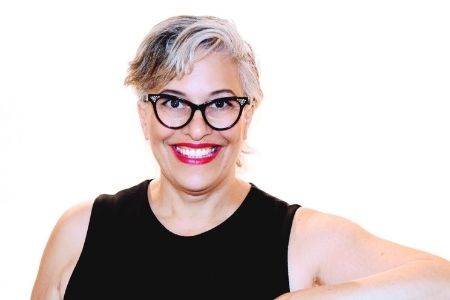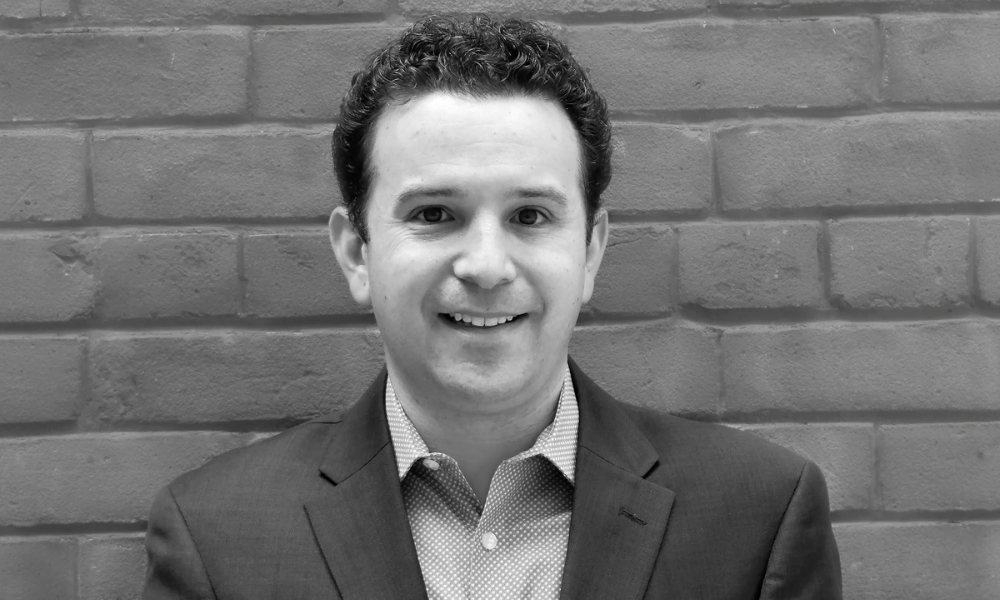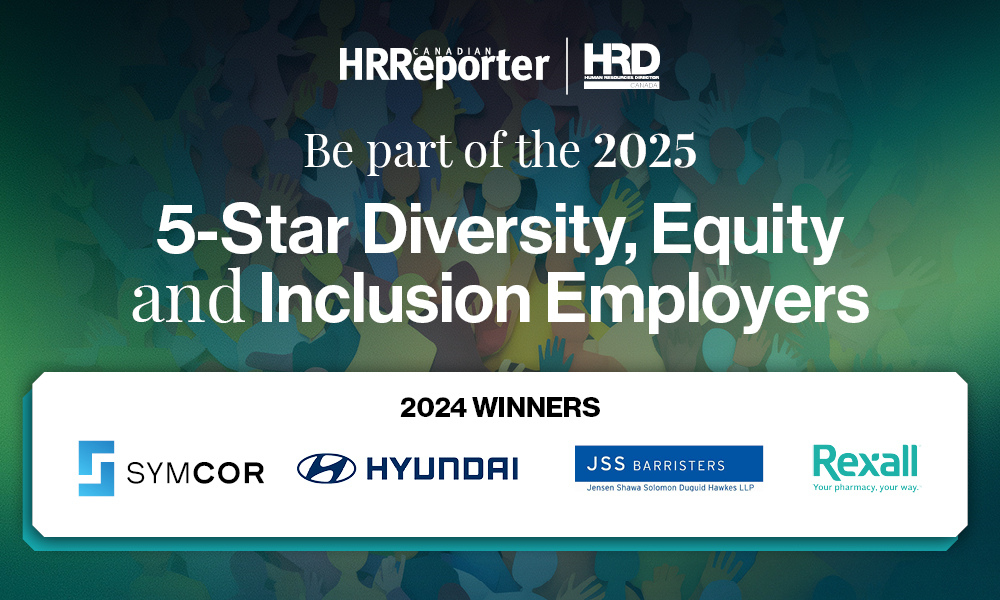'[It's about being] genuinely curious; not assuming what's going on with this new employee but actually saying, 'Are you completely blind or visually impaired?'

Plenty of employers talk about becoming more inclusive and diverse, but for many disabled workers, their words ring hollow.
However, there are a number of simple steps that can be taken by organizations to help them along the journey to become truly disabled-welcoming, and it starts with “the self-awareness piece,” says Tova Sherman, CEO of the reachAbility Association in Halifax, in talking to Canadian HR Reporter.
“There’s a lot of great stuff we can do quickly and that is to have the awareness that bias has been playing a role — whether conscious or unconscious — in our thinking about inclusion of persons with disabilities,” she says.
And the realization that predisposition exists is “the number one thing we need to do in order to become truly disability-competent.”
Once a company admits that there is bias present, it’s a great first step in solving the problem, says Sherman, and then the best way to eliminate it is look to the C-suite.
It’s about the head of a company saying, “This matters to me; I acknowledge we’re going to have bias in all of our decision-making but I’m open to acknowledging it and figuring out how we get around it.’ Once we’ve done that, we’ve essentially made the initial commitment to building a foundation of understanding.”
The third step is becoming more disabled-friendly by asking disabled persons questions about themselves in order to truly understand what makes them tick, she says.
“[It’s about being] genuinely curious; not assuming what’s going on with this new employee but actually saying, ‘Are you completely blind or visually impaired?’ Can you imagine someone saying that? No, and why? Because people are so uptight but then the offence is ignoring or pushing them aside, rather than engaging,” says Sherman.
Canadian HR Reporter recently spoke to an expert about the benefits of doing DEI surveys.
The curiosity must also be tempered with a liberal dose of patience so disabled people have a chance to speak and explain their differences.
“When you pretend to understand what I say, you are saying what I have to say is not important enough for you to do the work and feel uncomfortable for a minute to discover it. As Canadians, we’re extremely polite but that’s not the point. By staying curious, we’re actually trying to understand everybody individually,” she says.

Tova Sherman
A next step is to find out more about the person and disability by employing education and osmosis, according to Sherman. That could mean discovering who’s visually impaired, or that somebody has a child who’s hearing impaired “or someone like myself, who lives on the ADHD spectrum, quite severe and, as a result, also lives with an anxiety disorder,” she says.
“If we don’t understand or appreciate the fact that people with disabilities are everywhere, and we want to treat people equally, we need to sit next to that person in the wheelchair and go, ‘This is no big deal.’ It’s the fear of what might be if I bring you on because education and osmosis is really key if we’re going to proceed intelligently around including all kinds of diverse people,” she says.
Finally, for HR to achieve a more inclusive workplace for disabled persons, adjust the resumé-screening method, says Sherman, to one that seeks out diversity, rather than excludes it automatically.
“You don’t have to look at 9,000 resumés but you should be looking at diverse ones and asking yourself ‘Does this person show diversity?’ in which case it’s likely because they were marginalized; they may have gained their experience from different ways or if you see a gap on a resumé for a year and you’re ready to shred that resumé, stop the train, HR people,” she says.
“Someone like myself is a great example. I took a year off because my father was dying and I took him into my house and I dedicated the last year to him. I don’t think there’s an employer reading your magazine that’s not going to appreciate that kind of commitment, and resilience and response and empathy.”
Searching out an experience that hasn’t been seen before is a great way to increase diversity, she says.
“Screen in, not screen out. [It’s about] the right person, right job, not just the closest, easiest, most relatable-to-me person, which is unfortunately what’s been feeding this bias in the workplace that is keeping people just like me, out of the workplace. [I am] bright, intelligent, [have] lots to offer but dealing with disability and, as a result, may have learned things from different perspectives and different ways but has so much nonetheless to offer.”
For employers looking to make some positive changes in the diversity landscape, the federal government recently announced it is offering funding.




